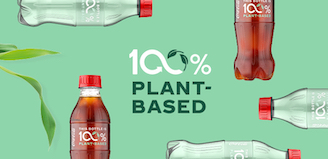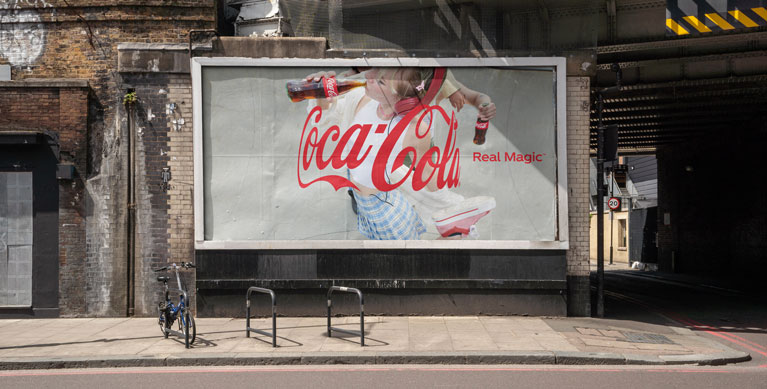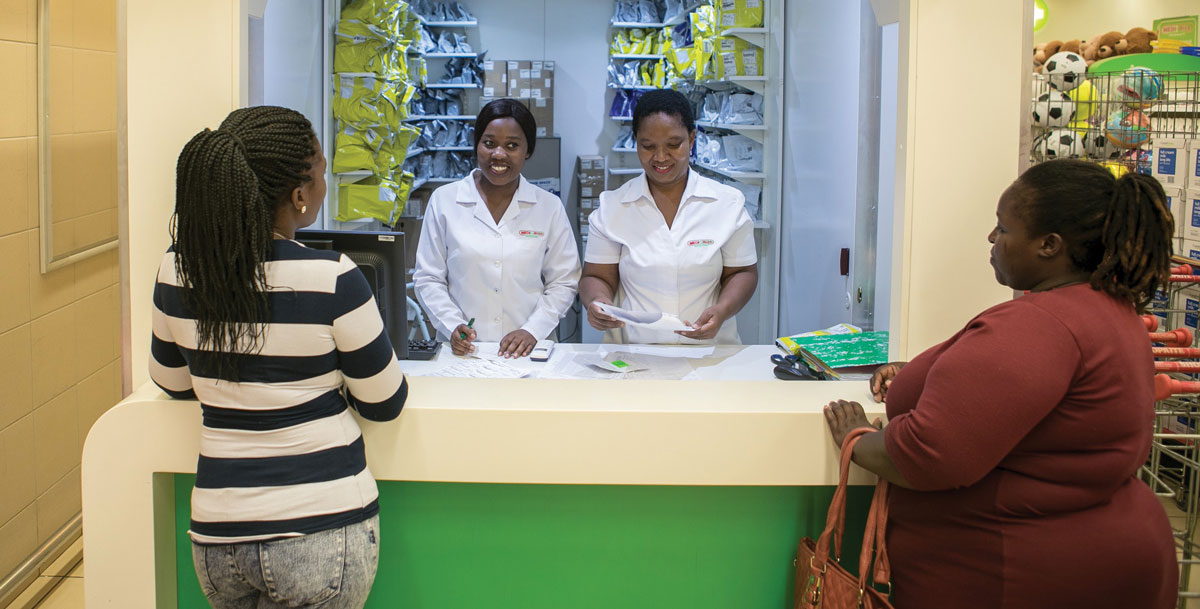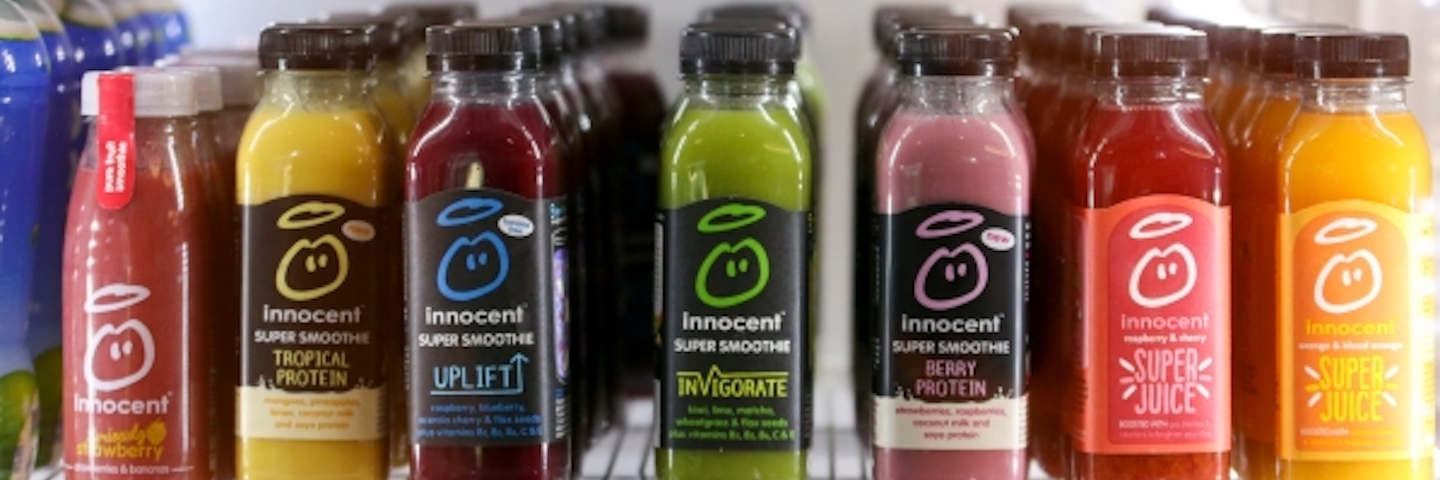
Why Coca‑Cola – and Other Brands in the Company’s Expanding Portfolio – Are Poised for Growth
Still at the First Sip
06-14-2018
Opportunity for Growth
As Coca‑Cola continues to introduce more drinks in more categories, the company still sees plenty of growth opportunity for its flagship brand.
When you throw away glasses that only see challenges and no opportunities –and you put on a different set of glasses and you look for opportunity –this is what you see,” Chief Growth Officer Francisco Crespo said Wednesday at Deutsche Bank’s Global Consumer Conference in Paris.
Crespo estimates that 600 million people worldwide could be drinking a Coke Trademark beverage; these are people who can afford Coke and like sparkling drinks, but just haven’t been buying.
“We’ve been neglecting people outside the franchise,” he said. “It’s inexcusable that we are not bringing them to our franchise.”
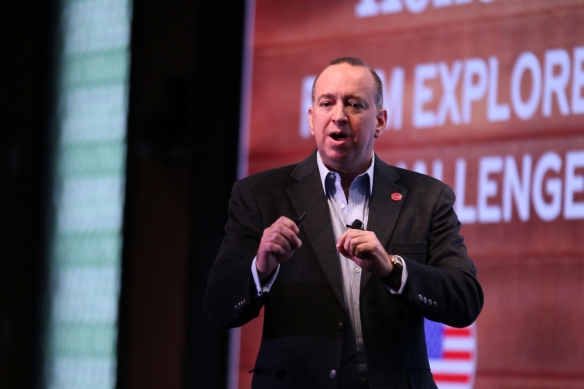
A Higher Standard
Coca‑Cola is tackling the opportunity in a creative way by shifting its marketing focus from “getting loyal drinkers to drink more” to recruiting new fans. “This is a priority for us now,” Crespo said. “We have to hold our marketing to a higher standard.”
For example, the company’s recent Chinese New Year campaign used scannable packaging to let Chinese consumers send money, coupons and more to loved ones as part of the family-focused holiday ritual. Coke volume was up 24% during the season, which is a huge event on the Chinese calendar.
This summer, the brand is using the power of digital storytelling, design and packaging innovation as part of its 2018 FIFA World Cup advertising in 170 countries.
Growing Inside and Out
While there are great opportunities to grow in sparkling, the company is equally focused on building what Crespo calls “quality leadership” across its global beverage portfolio. Coca‑Cola is speeding up its decision-making, taking more calculated risks and embracing an entrepreneurial, test-and-learn culture.
Crespo, whointroduced this concept at the company’s Investor Day in late 2017, explained that Coca‑Cola is nurturing and growing brands in three categories: Explorers, challengers and leaders.
In the first quarter of 2018, one-third of the company’s explorer brands delivered double-digit growth. Half of its challenger brands gained value share. And its leader brands posted a 4% increase in transactions.
“We have the portfolio in our hands to make leaders even stronger leaders... to make our explorers challengers and our challengers leaders,” Crespo said.
'We have the portfolio in our hands to make leaders even stronger leaders… to make our explorers challengers and our challengers leaders.'
Coke is also using its global scale to deliver customized beverage solutions around the world. Earlier this year, the company rolled out FUZE Tea to 37 European countries on a single day,with slight market-by-market nuances.
Acquiring New Brands
Strategic acquisitions continue to be a key part of the company’s growth strategy. Crespo and Chief Financial Officer Kathy Waller shared two case studies –Innocent and Jugos Del Valle –to highlight how Coca‑Cola is using its scale to build brands across both geographies and categories.
The company acquired Innocent in 2010 which, at the time, was the leading smoothie brand in the United Kingdom. It has tripled its revenues since then and is now the No. 1 chilled juice brand in Europe.
“We’ve captured the synergies of our system but not forced them to approach innovation and route-to-market in the same way a sparkling brand would,” Crespo said. “We’ve also allowed them to stay true to their vision and purpose.”
When the Coca‑Cola system acquired Jugos Del Valle in 2007, it was a leading juice brand in Mexico and Brazil.
“Since that time, we’ve leveraged the power of the system to not only expand itsfootprint into all major Latin American markets but also to develop a platform to accelerate growth across the portfolio through dairy, plant-based beverages, teas and premium juices,” Waller said. “Today, Jugos del Valle’s platform is worth five times its value at acquisition, and it has grown profits by an average of 17 percent per year through top-line growth and significant margin expansion as it moves from a challenger brand to a leader.”
